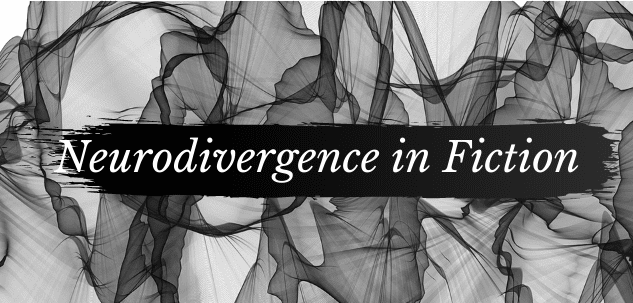
Hello all, and welcome to this week’s article for FanFiAddict’s series on Neurodivergence in Fiction. I cannot understate how appreciative I am for the overwhelming amount of support and enthusiasm I have seen for this series of mine; thank you! For the next several months we will be bringing you a guest post every Wednesday from a neurodivergent author. This will hopefully highlight some of the challenges that come with writing for a largely neurotypical audience, while also giving valuable insight to the craft itself and providing a window into the neurodivergent experience — at least through the lens of fiction. For this week’s article, Sunyi Dean stops by to explain how Autistic’s do not have creative deficits as much as they view creativity through a different lens.
And, without further ado, the article.
April 2018, and I was attending the second half of my adult autism assessment.
The first half had begun with the question Tell me how you think you’re different from other people, then progressed rapidly to Tell me about any experiences of bullying or abuse in your life, and other similarly intrusive questions. I felt like a not-very-useful human.
The second half included an exercise designed to test a person’s creative storytelling capacity. Autistic people supposedly exhibit story generation impairments, as part of the deficit model of diagnosing autism. In other words, we struggle with original creativity.
The premise made me nervous. At the time of the assessment, I was already an agent writer, with two novels under my belt. One of them was on submission to publishers. Did my writing record mean I couldn’t be autistic? Alternatively, maybe I was just a bad writer—and about to be exposed as such.
Things got underway. We sat in a quiet, air-conditioned room, the table littered with sensory toys and stim-friendly objects. The assessor took out a plastic bag containing a variety of common, everyday items. My task, she explained, was to pick five objects from the bag and construct a story with them. She then gave a demonstration, so that I could see it being done.
She pulled five random objects from the bag. Among them were a matchbox, paperclip, and a piece of string. The assessor declared that the paperclip was a person named Bob, whom she mimed walking around and doing various activities. The string was alternately a road or a lake as needed, the matchbox was—among other things—a stack of Bob’s newspapers that blew into the lake and got ruined.
I watched the assessor’s tiny, absurdist play unfold with increasing bewilderment. She’d said the task was to construct a story, but this wasn’t a story. Stories, as well I knew, had arcs and structure. What she’d demonstrated to me was just a series of random events which had no particular connection.
The other aspect that I found confusing, and struggled to move past, was her use of random objects as stand-ins. If a paperclip was supposed to represent a man called Bob, why use a paperclip? Its physical qualities as an object had no connection or relevance to the concept of a human figure.
Why, I wondered, couldn’t we have a story about a sentient paperclip? Or better yet, why not tell a story about a man called Bob, but without any visual aids? These objects weren’t “aiding” anything, they were just adding an unnecessary layer of pointless complication.
The assessor finished her demonstration. “Your chance to have a go,” she said.
###
When I was seven, my father gave me a copy of Charlotte Brontë’s JANE EYRE. The novel was a revelation.
I didn’t know at the time that I was autistic, and wouldn’t go on to seek a diagnosis for another 20-odd years, but I had always been aware of feeling subtly different from other people. Despite the Victorian melodrama, Jane’s experiences as an outsider resonated strongly, as did her inability to articulate her own feelings to other people—something I understood well.
One passage in particular stood out, and I still think of it often.
While living at her boarding school, Jane struggled to process the abusive and neglectful conditions the children live under. When she regaled her woes to Helen, her only good friend, she was bewildered by Helen’s admonition that they had to endure their trials with grace and love, in favour of anger and hatred.
Jane wasn’t so convinced:
I heard her with wonder: I could not comprehend this doctrine of endurance[…] I felt that Helen Burns considered things by a light invisible to my eyes.
Despite their friendship and connection, Jane and Helen didn’t just have different views of the world. They lived, for all intents and purposes, in slightly different realities.
If that sounds dramatic, consider that the universe we experience is largely defined by our ability to interact with it, and by the senses we have available to perceive it. Perspective doesn’t just shape our reality: perspective functionally is our reality.
For child-me, that passage was a dumbfounding realisation. Every human being was their own universe—a thought as incredible as it was crushing, given the brief and brutal nature of our existence.
There are a lot of different explanations for how individual people experience autism, some very technical or medical while some are very social or descriptive. Some explanations are positive; many are negative.
But speaking only for myself, I have never found a better explanation than Jane’s: autism is a light invisible.
###
Back in the assessment room, it was my turn to attempt the story test.
I didn’t get out five different items of my own. I used the same five items she’d already used, because it was logical to do so. After all, if the items don’t matter and can stand for anything, what’s the point of getting different ones? They might as well all be the same.
Next came the story itself.
I had no idea how to tell the kind of story she was expecting. I got the sense that she was evaluating my story for spontaneity, and measuring how much content was novel. But while that’s a popular impression of storytelling, that’s not how writers actually work in practice.
Stories have structure and clear arcs. Everything which is chaotic and nonsensical about real life gets stripped away: events have meaning, every dialogue has purpose, every sentence builds like a tower towards its final conclusion. Fiction makes sense. Real life rarely does.
That’s the beauty of writing. I can impose structure and order on my creations in a way that I will never be able to do on my tangible, lived-in reality.
But the assessor was clearly operating on a different definition of what a story entailed, judging by her demonstration. Her fiction made no sense. There were no clear rules for what was or wasn’t an appropriate contribution on my part.
In the end, I decided it would be safer to stick to her template. My story mimicked hers very closely. In fact, it was almost a carbon copy, with only a few details changed. Bob the paperclip was renamed to Mike, and he endured significantly less pointless events than his predecessor, because I just wanted the whole thing over and done with.
In hindsight, it’s clear how uncreative I must have appeared, both in my choice of mimicry and my failure to select my own (pointless) objects). Somewhere in my assessment, there will probably be a note about story generation impairment. I suppose if anyone ever uses my data for research, the results section would analyse my creativity deficit.
After data was compiled from both assessments, and weighed against a detailed interview with my parents, I received an official diagnosis of autism. All said and done, it was a relief.
I walked out of the clinic carrying a stapled set of papers titled Understanding Your Diagnosis, which I threw away without reading.
###
In the intervening years, I’ve thought a lot about that creative writing exercise and the framework in which it was delivered. Autism was, and still is, diagnosed by a triage of deficits in a myriad of areas. My assessor was working from this framework, both in her testing methods and her evaluation of my performance.
Yet that clearly isn’t the whole picture. If I can write fiction well enough to find an audience or even secure publisher backing, then the deficit model is failing to describe what I am doing, because it’s only describing what I’m not doing. How is that model useful to me, as an autistic individual? How does it help provide an accurate picture of my abilities and potential?
Since that time, I’ve been fortunate enough to read more comprehensive and up-to-date research on the subject of autistic creativity, and also to meet a number of autistic writers from all walks of life. (My wonderful literary agent has at least 5 other neurodiverse authors on her client list, for starters.) The more nuanced consensus at the moment, among both newer research and autistic creatives, is that we do not suffer from a creativity deficit by default. For many autistic writers, the creative process is simply different.
That makes sense to me. If autism is a light invisible by which we live, forever shaping our perceptions and our understanding of reality in subtle ways, then it is also a light invisible by which we write. Sensory information, logic leaps, descriptions, emotions, narrative arcs, character interactions, dialogue, subterfuge—these are all things which look different through an autistic lense, and that’s barely scratching the surface.
It’s important to note that I’m not someone who claims autism isn’t a disability. I’m comfortable with the disability label, and also recognise that not all disabled people experience their disability in the same way.
But in the context of looking at autistic creativity, I would love—in future—to see a better framework for research and assessment that looked at how autistic people approach the creative process, rather than looking solely at how we don’t approach it.
About the Author
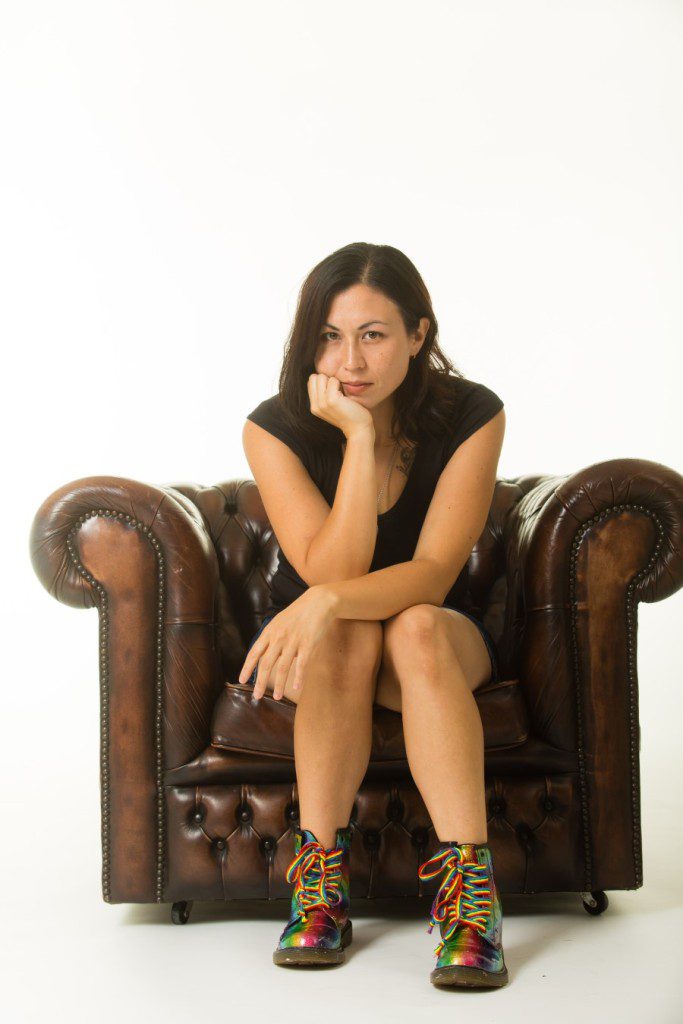
Sunyi Dean is a biracial immigrant and autistic mom, living the inner-city life in Leeds with her two kids. When not reading, running, falling over in yoga, or rolling d20s, she sometimes escapes the city to wildswim in lonely dales.
Her debut novel, The Book Eaters, is scheduled for publication in Fall 2022 through Tor (USA) and Harper Voyager (UK).
Website – https://www.sunyidean.com
Twitter: @Blind_Nycteris
Goodreads: https://www.goodreads.com/book/show/55878227-the-book-eaters (The book isn’t out yet but people can add it to their “to read” lists if they like!)
Tor’s book announcement: https://www.tor.com/2020/11/10/announcing-the-book-eaters-by-sunyi-dean/

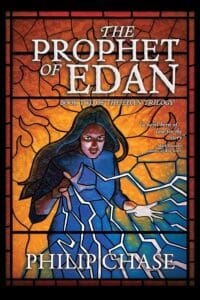
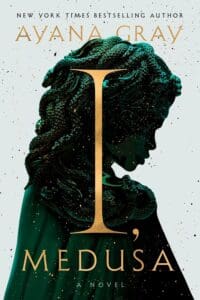
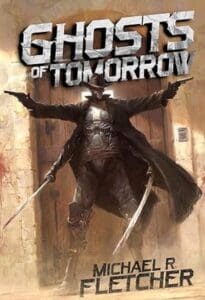
Leave a Reply